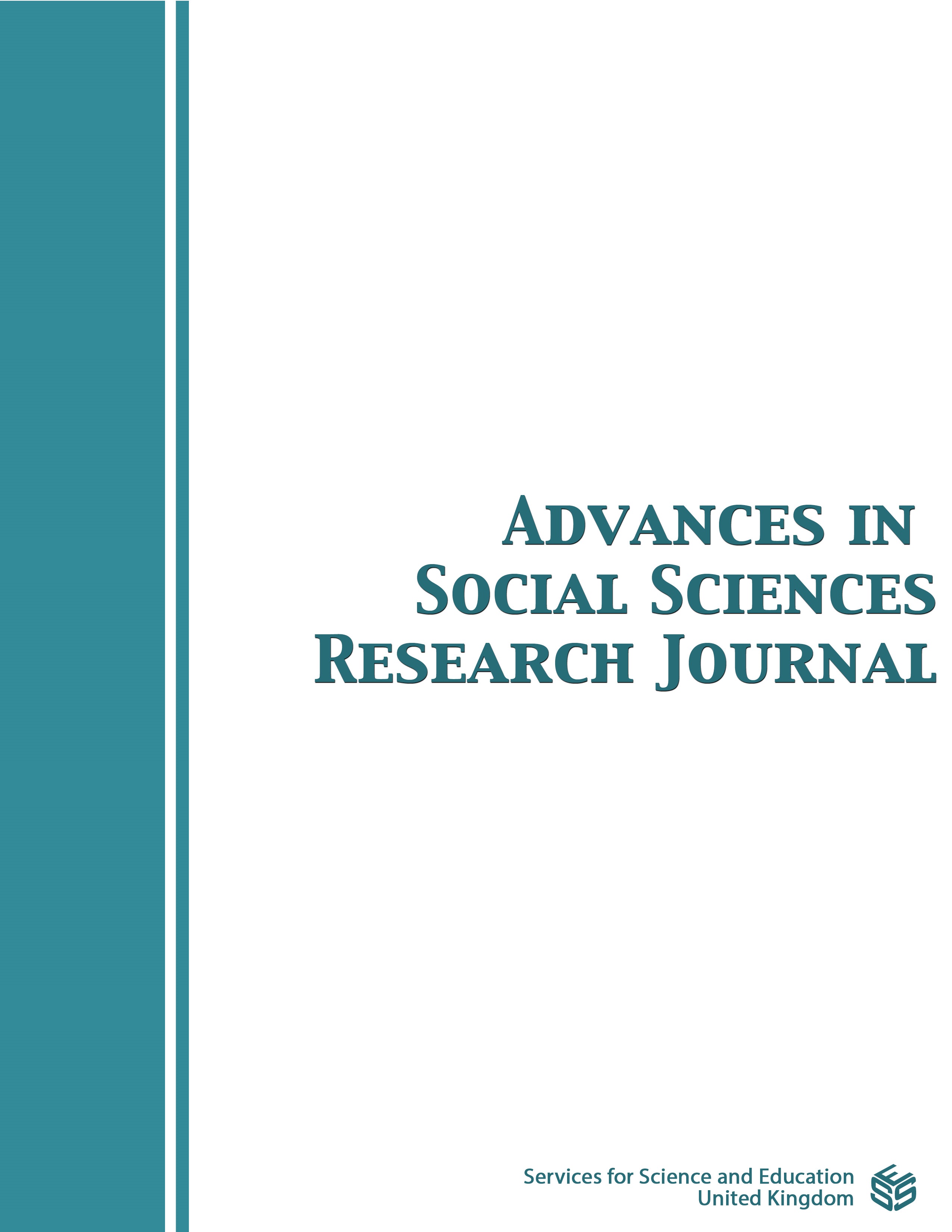Marriage and Family Instability in Modern Kenya: The Case of Western Kenya
DOI:
https://doi.org/10.14738/assrj.108.15344Keywords:
Marriage, Family, Traditions, Stability and Instability, Modern KenyaAbstract
Marriage institution has provided the anchorage and the rationale for Africa to be termed as the ‘continent of the family’. This coveted identity is however, in total decline given the new realities and circumstances surrounding the institution. This is occasioned by family instability in which most marriages no longer hold. Traditional African family patterns are slowly but progressively being altered as a result of modernization. Family patterns that were the norm in African societies are gradually being altered and substituted by modern values and the vows common in churches ‘until death do we part’ are no-longer tenable. Changes in the African family is being felt in fertility rates, are at marriage, marriage patterns and marital stability. Based on opportunistic sampling that conveniently selected 26 maternal dyads (consisting of mothers and their daughters who are married with at least two children) within the Western Kenya region, the study examined through in-depth interviews, the trends that depict family patterns in Kenya. It teased out two key issues connected with the African family patterns that is marriage and familial stability with the goal of illuminating the changes that are characterizing their prevalence. The comparative study between the mothers and their daughters regarding the nature of their marriages and the effects on familial stability concludes that marriage is under siege and innovative processes are needed to change the tide since the present generation are too casual in their marital relationship and the institution is fast losing its grip.
Downloads
Published
How to Cite
Issue
Section
License
Copyright (c) 2023 Charles Owuor Olungah

This work is licensed under a Creative Commons Attribution 4.0 International License.
Authors wishing to include figures, tables, or text passages that have already been published elsewhere are required to obtain permission from the copyright owner(s) for both the print and online format and to include evidence that such permission has been granted when submitting their papers. Any material received without such evidence will be assumed to originate from the authors.






